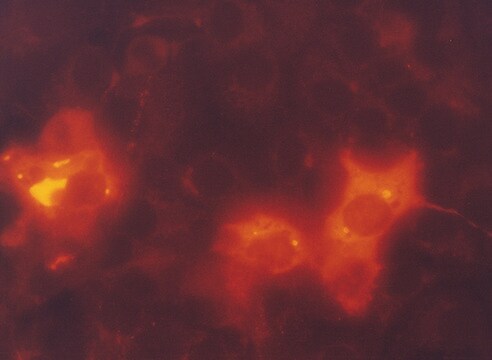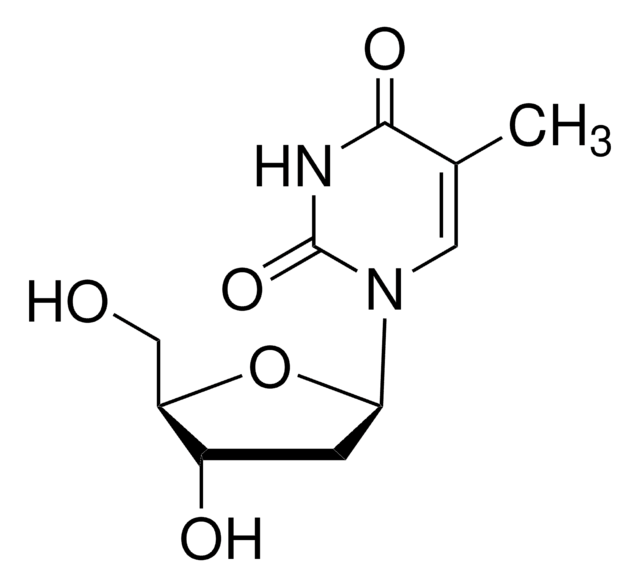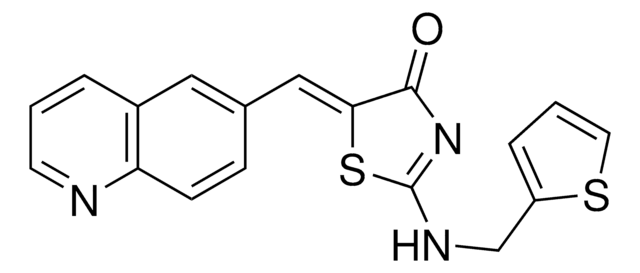C4710
Monoclonal Anti-Cyclin A antibody produced in mouse
clone CY-A1, ascites fluid
About This Item
ICC
WB
microarray: suitable
western blot: 1:1,000 using a mouse NIH 3T3 cell extract
Productos recomendados
biological source
mouse
Quality Level
conjugate
unconjugated
antibody form
ascites fluid
antibody product type
primary antibodies
clone
CY-A1, monoclonal
mol wt
antigen 60 kDa
contains
15 mM sodium azide
species reactivity
mouse, human, monkey, bovine
technique(s)
immunocytochemistry: suitable
microarray: suitable
western blot: 1:1,000 using a mouse NIH 3T3 cell extract
isotype
IgG2a
UniProt accession no.
shipped in
dry ice
storage temp.
−20°C
target post-translational modification
unmodified
Gene Information
human ... CCNA2(890)
mouse ... Ccna2(12428)
General description
Specificity
Immunogen
Application
- immunocytochemistry
- microarray
- western blotting at a dilution of 1:1,000 using a mouse NIH 3T3 cell extract
Disclaimer
¿No encuentra el producto adecuado?
Pruebe nuestro Herramienta de selección de productos.
Optional
Storage Class
10 - Combustible liquids
wgk_germany
nwg
flash_point_f
Not applicable
flash_point_c
Not applicable
Elija entre una de las versiones más recientes:
¿Ya tiene este producto?
Encuentre la documentación para los productos que ha comprado recientemente en la Biblioteca de documentos.
Nuestro equipo de científicos tiene experiencia en todas las áreas de investigación: Ciencias de la vida, Ciencia de los materiales, Síntesis química, Cromatografía, Analítica y muchas otras.
Póngase en contacto con el Servicio técnico






